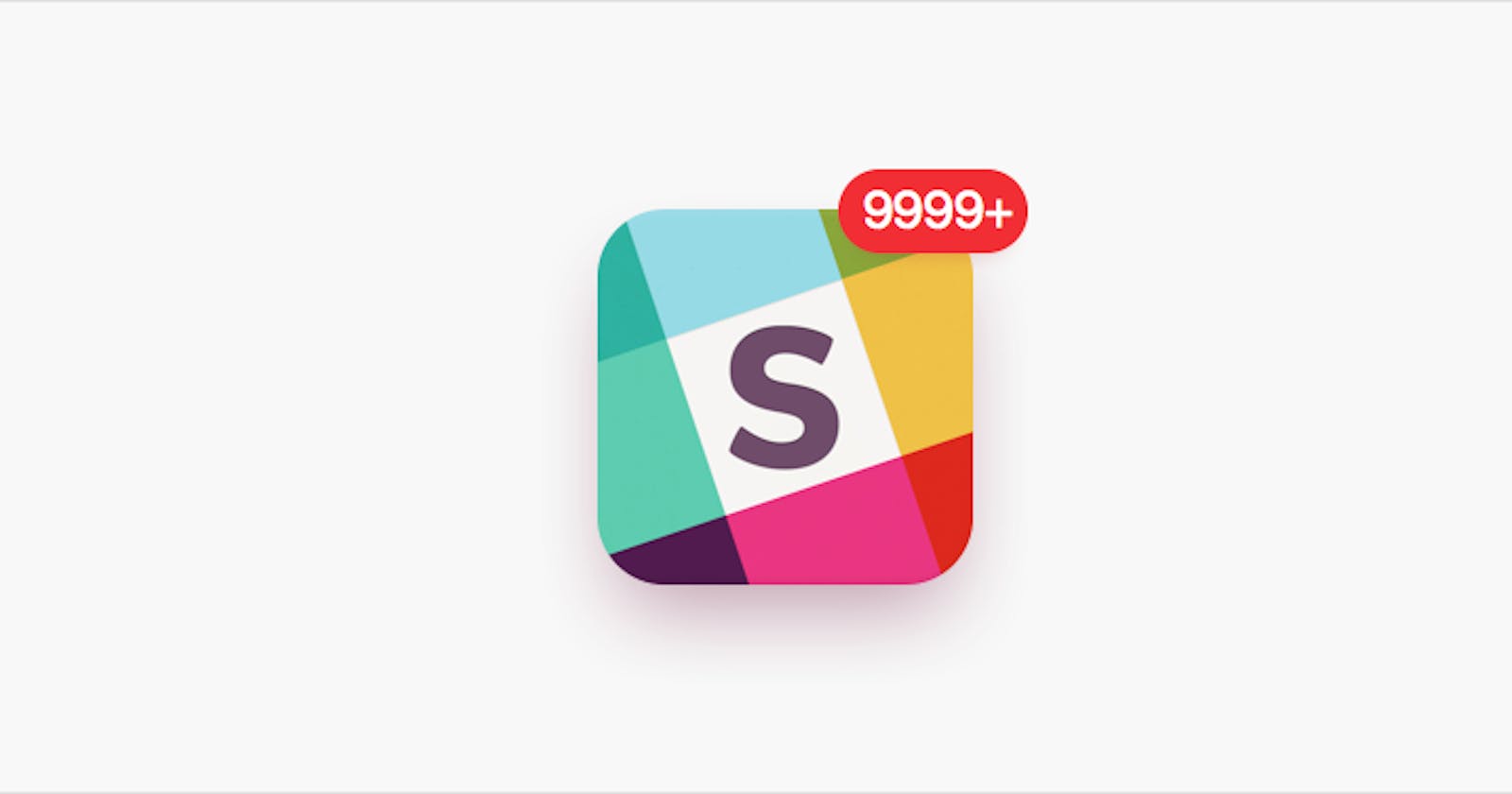Slack *pop* go brrrrr: Leveraging asynchronous communication for happier developer communities
Introduction
Have you ever gotten a Slack message and felt a sense of dread even though it wasn’t even work-related? For me, it’s almost as if the familiar pop of a Slack message has begun to activate a primal fear instinct if it’s at a certain time of night.
This is why I believe that when taking on any Developer Relations project, it is important to assess the communication strategy for that particular community. In this blog post, I’m going to introduce you to the two forms of communication and the pros and cons of each.
Synchronous Communication
Understanding synchronous communication is pretty simple in that it is an exchange in communication that is “in sync”. Some key examples of platforms for synchronous communication would be Discord, Slack, Zoom, and others.
Synchronous communication has its place in the mix and it’s necessary for things like a daily standup, team meetings, or anything that needs to be discussed in real-time. The issue is that it is impossible to address issues the second they are presented, which only creates a distraction for the receiver. Some key disadvantages to fully real-time communication include:
Increased Stress: The pressure to respond immediately can often result in unnecessary stress for the individual
Slack Fatigue: Individuals that are active in many different communities may experience a sense of fatigue and burnout
FOMO: A constant stream of instant notifications can induce a “fear of missing out” which can become distracting to both productivity and work/life balance.
Unsuitable responses: Often, the pressure to respond first, and think later results in making potential unwise decisions. Instead of taking time to analyze what has been done so far and what remains, you work with half-cooked information that compromises your judgment.
Asynchronous Communication
In contrast, asynchronous communication is a form of communication where there is no expectation of an immediate response. In theory, Slack can be used asynchronously, but the reality often does not play out that way.
This form of communication offers a great deal of freedom to individuals and provides more control over their time, more autonomy, and fewer distractions so they focus on doing great work. It’s perfect for a remote, distributed community that is scattered across time zones. Some of the key benefits of asynchronous communication include:
Better focus, less distraction: Real-time communication requires individuals to pause what they are working on to address the current issues. With asynchronous communication, the individual has control over their time and focus.
Timezone-agnostic collaboration: By leveraging asynchronous comms, individuals can update each other and share progress on their own time.
Happier and healthier community: Asynchronous communication allows community members to respond in their own time—in contrast, real-time comms induce a FOMO feeling as conversations proceed when individuals are offline.
I believe that asynchronous communication is the way to go in this age of distributed communication. It allows community members to take back the time that is already filled heavily with an "always-on” culture of Slack notifications while increasing productivity.
Conclusion
Slack fatigue and our perpetually connected culture can be a major contributor to stress and eventually burnout if it goes too far. There is no reason that your community should feel the weight of constant real-time communication if it’s not absolutely necessary, so adopting a mixed approach that leans heavily into asynchronous communication is my personal go-to.

